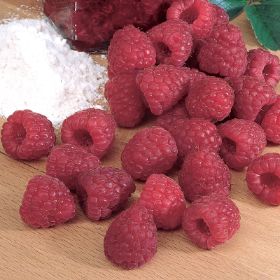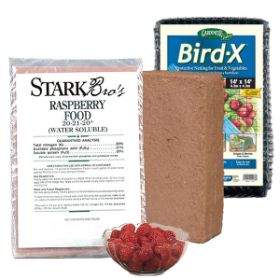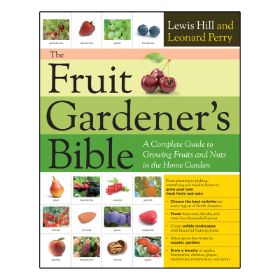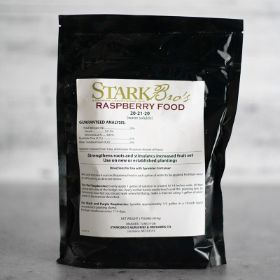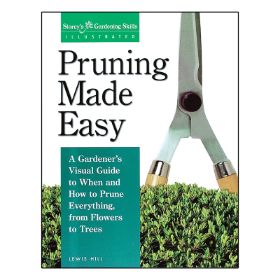Prelude Red Raspberry Plant
Description
The earliest summer harvest, with a bonus harvest in fall. Enjoy easy-to-pick berries fresh from the patch or in desserts and jams. They also freeze well. This sturdy, erect variety is productive and vigorous. Disease-resistant to phytophthora root rot. Cold-hardy. Fall-bearing (everbearing) primocane with a bigger summer crop. Floricane berries ripen in July. Primocane berries ripen in September through frost. Self-pollinating. A licensed variety of Cornell University.
Note: Do not plant Red, Gold or Purple raspberries within 75-100 feet of Black raspberries. Black raspberries may be more susceptible to viral diseases carried by aphids to and from nearby raspberry plants.
After planting, be sure to prune the bare-root canes back to about 2 inches above the ground. (This does not apply to potted raspberry plants.) Do not skip this step! It is a crucial factor in encouraging the roots to send up new growth during the growing season. It is in the nature of raspberry plants to send up new growth as suckers or basal shoots from below the ground. This means the canes that you plant may not be where you find signs of life or new growth. When it’s time to grow, you will see new sprouts emerge from the ground around where you planted the cane, and this growth is coming from the raspberry plant’s root system.
Survival Guaranteed!
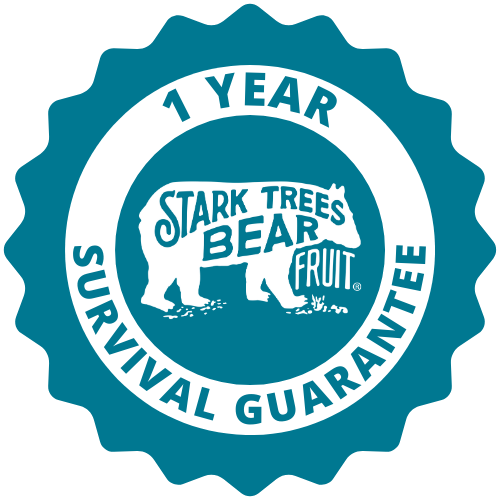

Since 1816, Stark Bro’s has promised to provide customers with the very best fruit trees and plants. It’s just that simple. If your trees or plants do not survive, please let us know within one year of delivery. We will send you a free one-time replacement, with a nominal shipping fee of $9.99. If the item in question is not available, we can issue a one-time credit to your account equaling the original product purchase price or issue you a refund. Read more about our warranty policy.
Characteristics
| Bloom Color | White |
| Fruit Color | Red |
| Fruit Size | Medium - Large |
| Hardiness Zone Range | 4 - 8 |
| Pollination | Self-Pollinating |
| Ripens/Harvest | July And September |
| Shade/Sun | Full Sun |
| Soil Composition | Loamy |
| Soil Moisture | Well Drained |
| Soil pH Level | 6.0 - 6.8 |
| Taste | Sweet |
| Texture | Firm |
| Years to Bear | 1 - 2 |
Size & Spacing
Mature Size
Recommended Spacing
Zone Compatibility
Pollination
This variety is self pollinating.
Related Assortments
Available in this money-saving assortment
We bundle many of our popular products in assortments with other items that compliment each other. Plus, when you purchase an assortment, you save money compared to buying each item individually!
Tools & Supplies
Planting & Care
Learn all about how to grow raspberry plants in The Growing Guide. An entire section of our website dedicated to your growing success.
Shipping Information
Arrives when it's time to plant
Questions & Answers
Customer Reviews
Here are more items we think you'll love!
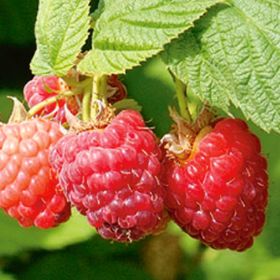 On Sale
Encore Red Raspberry
$17.99 / 3 Pack
On Sale
Encore Red Raspberry
$17.99 / 3 Pack
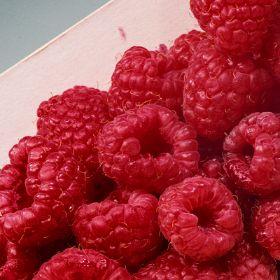 On Sale
Latham Red Raspberry
Starting at $18.99 / 3 Pack
On Sale
Latham Red Raspberry
Starting at $18.99 / 3 Pack
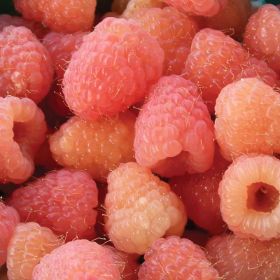 On Sale
Double Gold Raspberry
Starting at $16.99
On Sale
Double Gold Raspberry
Starting at $16.99
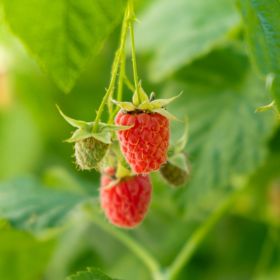 On Sale
Caroline Red Raspberry
Starting at $24.99
On Sale
Caroline Red Raspberry
Starting at $24.99
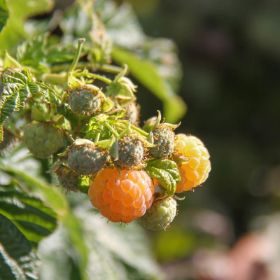 On Sale
Anne Yellow Raspberry
Starting at $18.99 / 3 Pack
On Sale
Anne Yellow Raspberry
Starting at $18.99 / 3 Pack
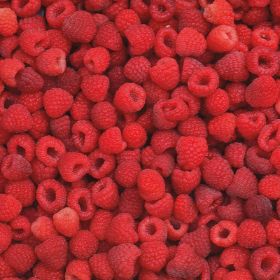 On Sale
Heritage Red Raspberry
$18.99 / 3 Pack
On Sale
Heritage Red Raspberry
$18.99 / 3 Pack





